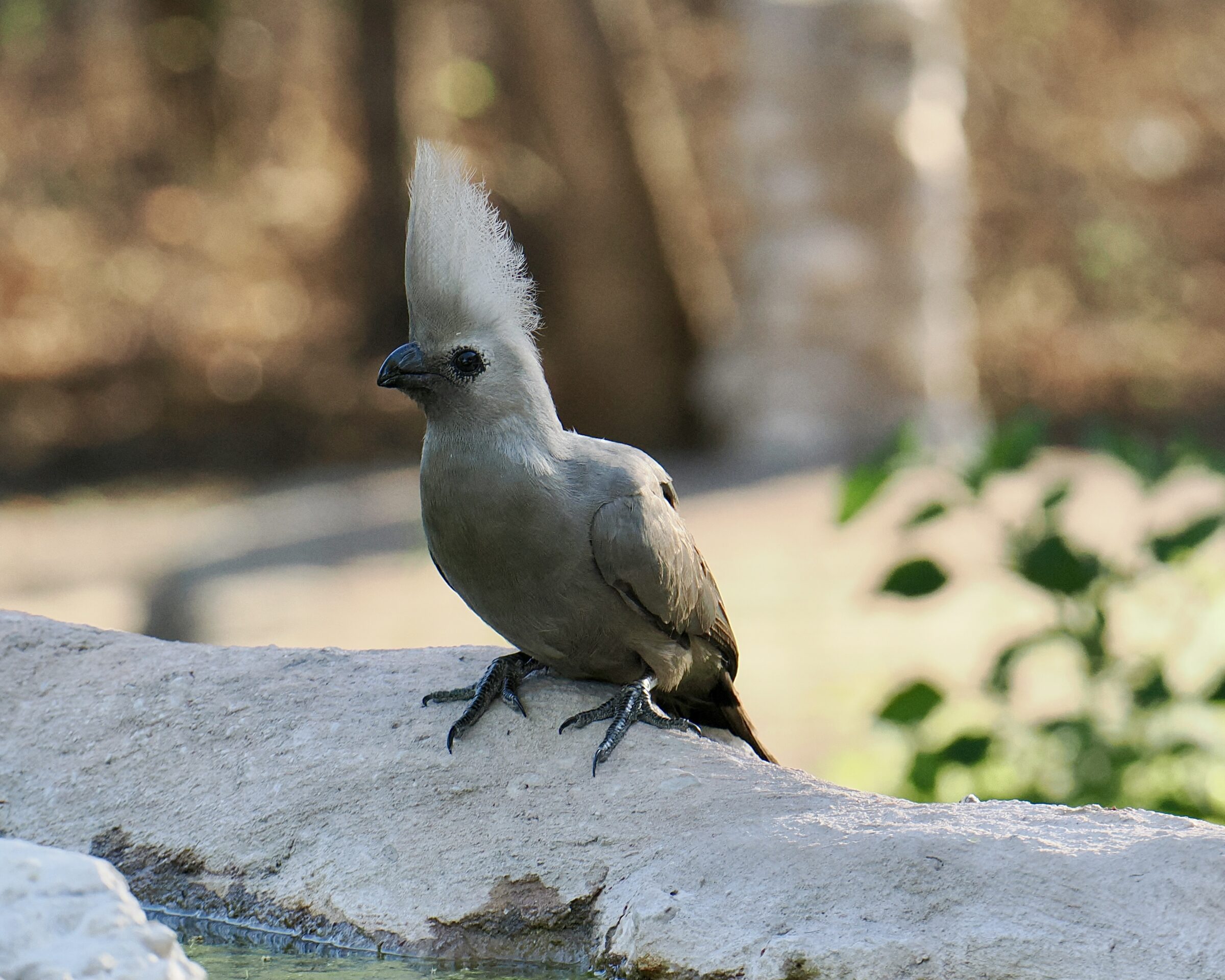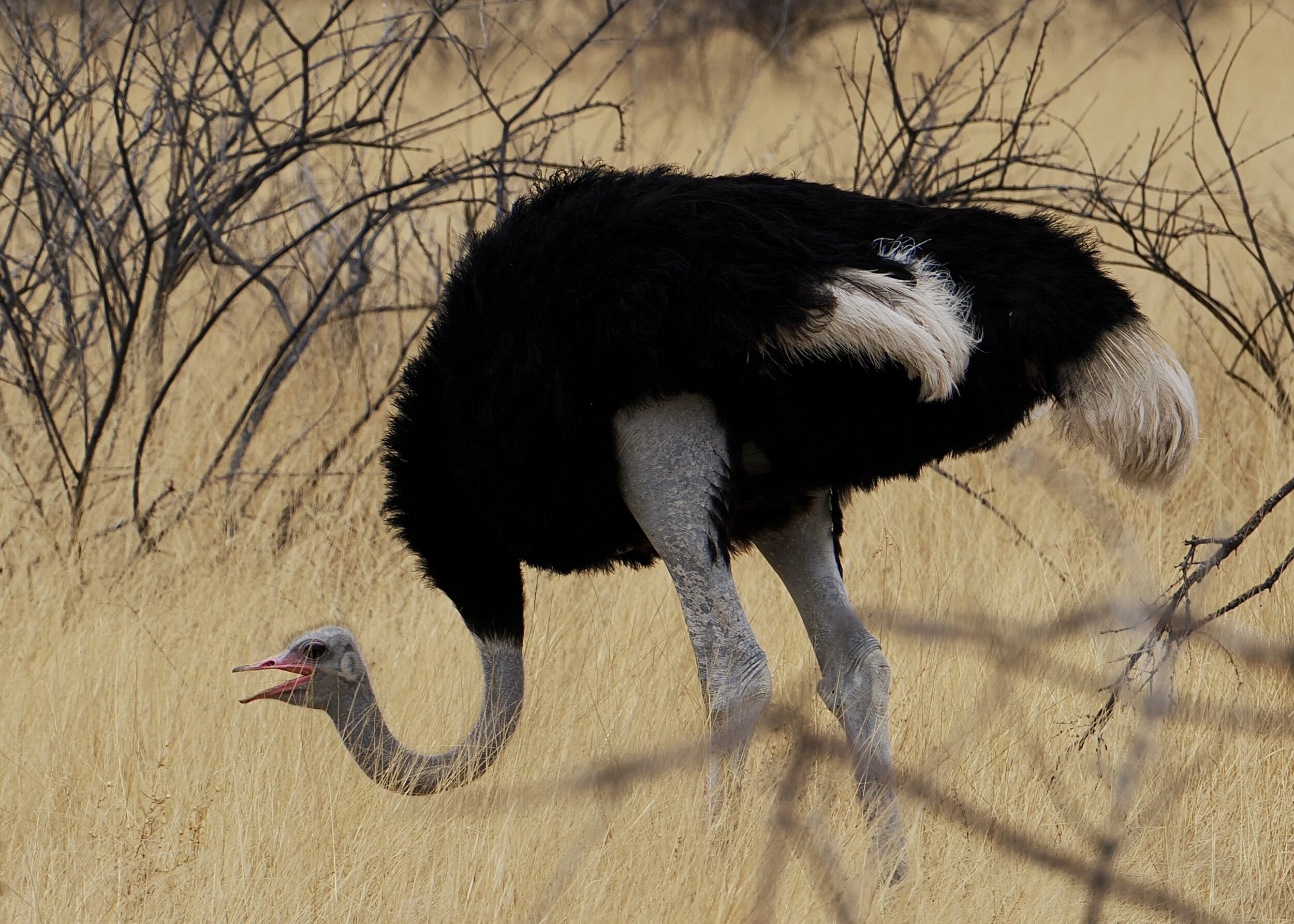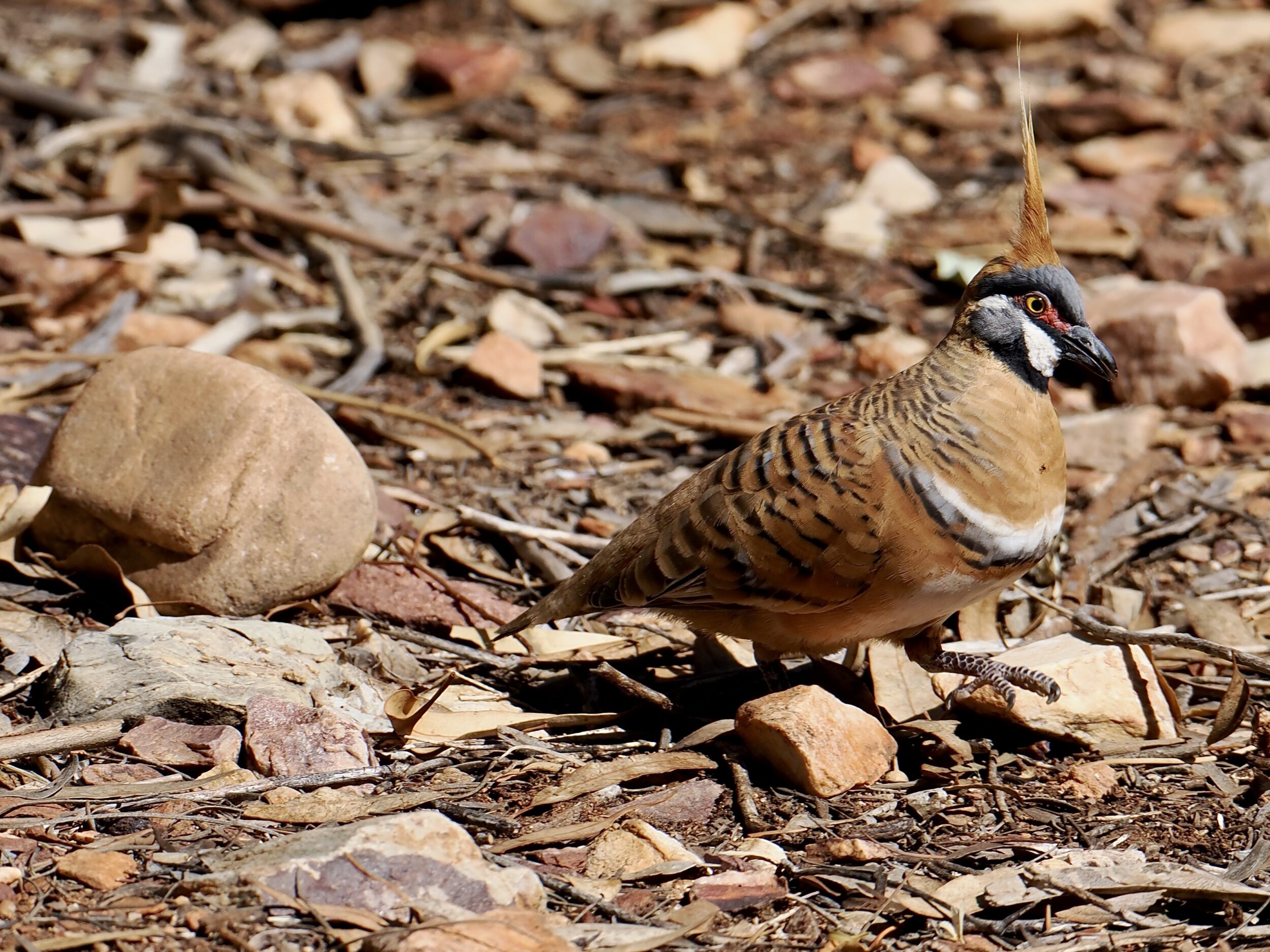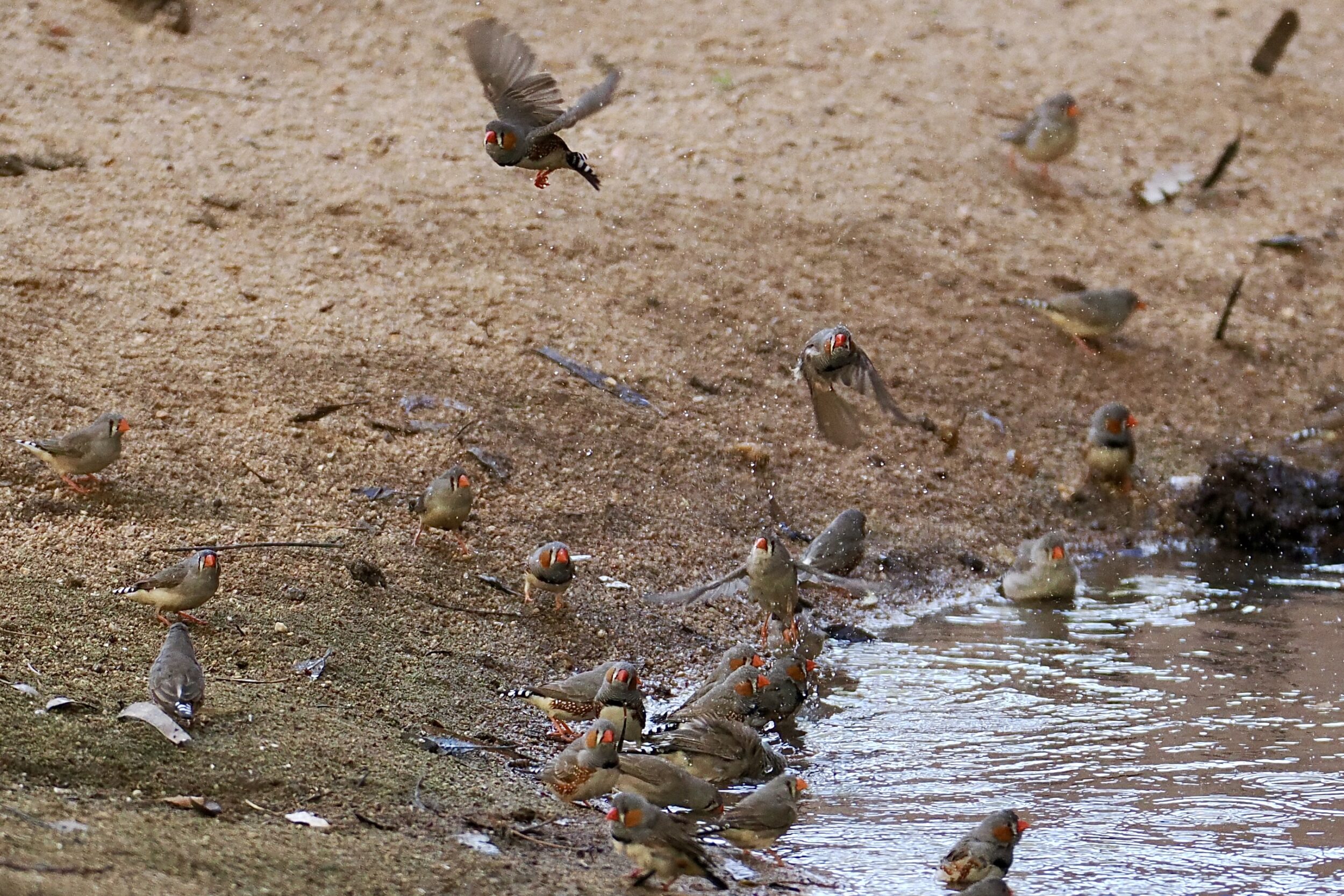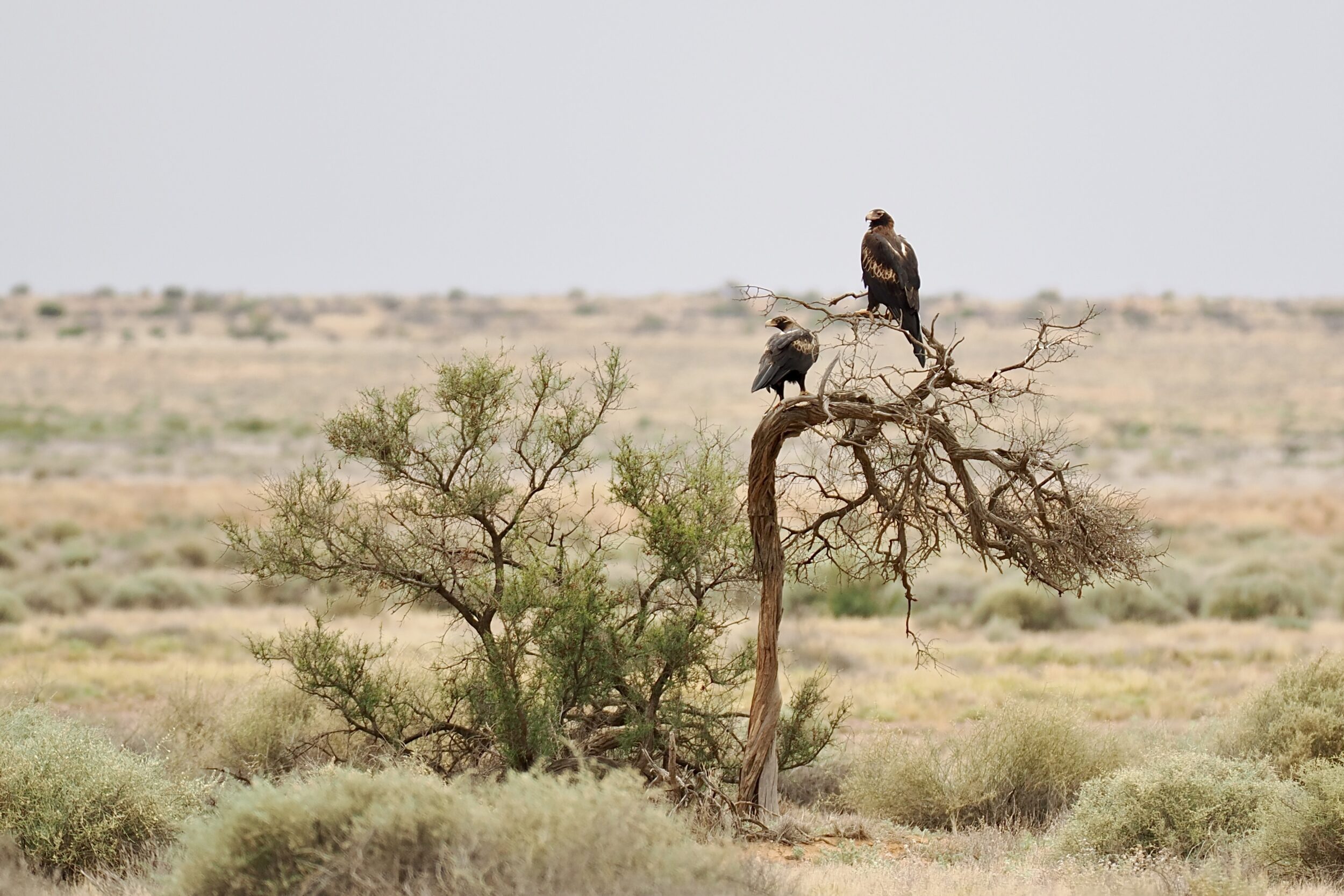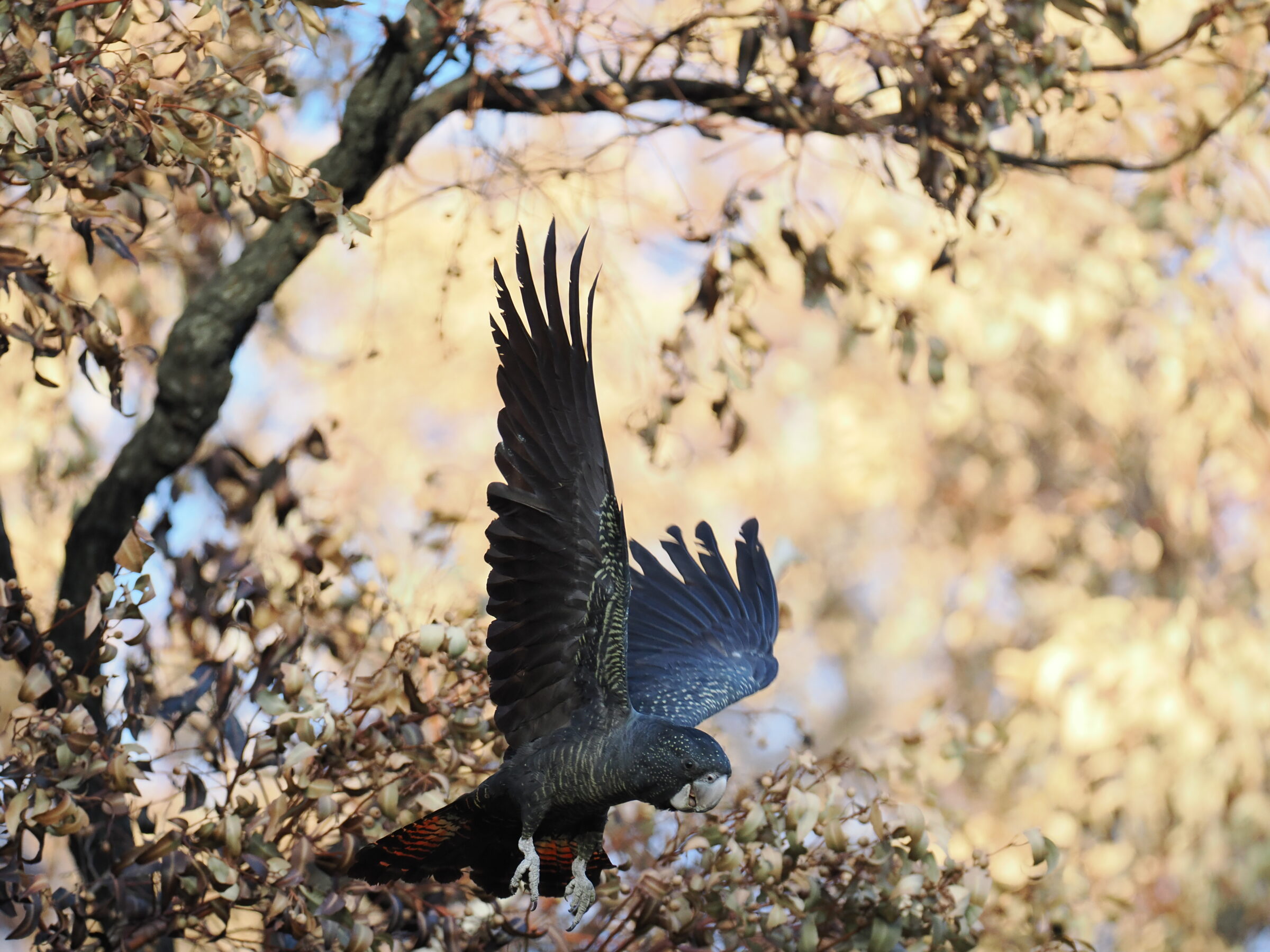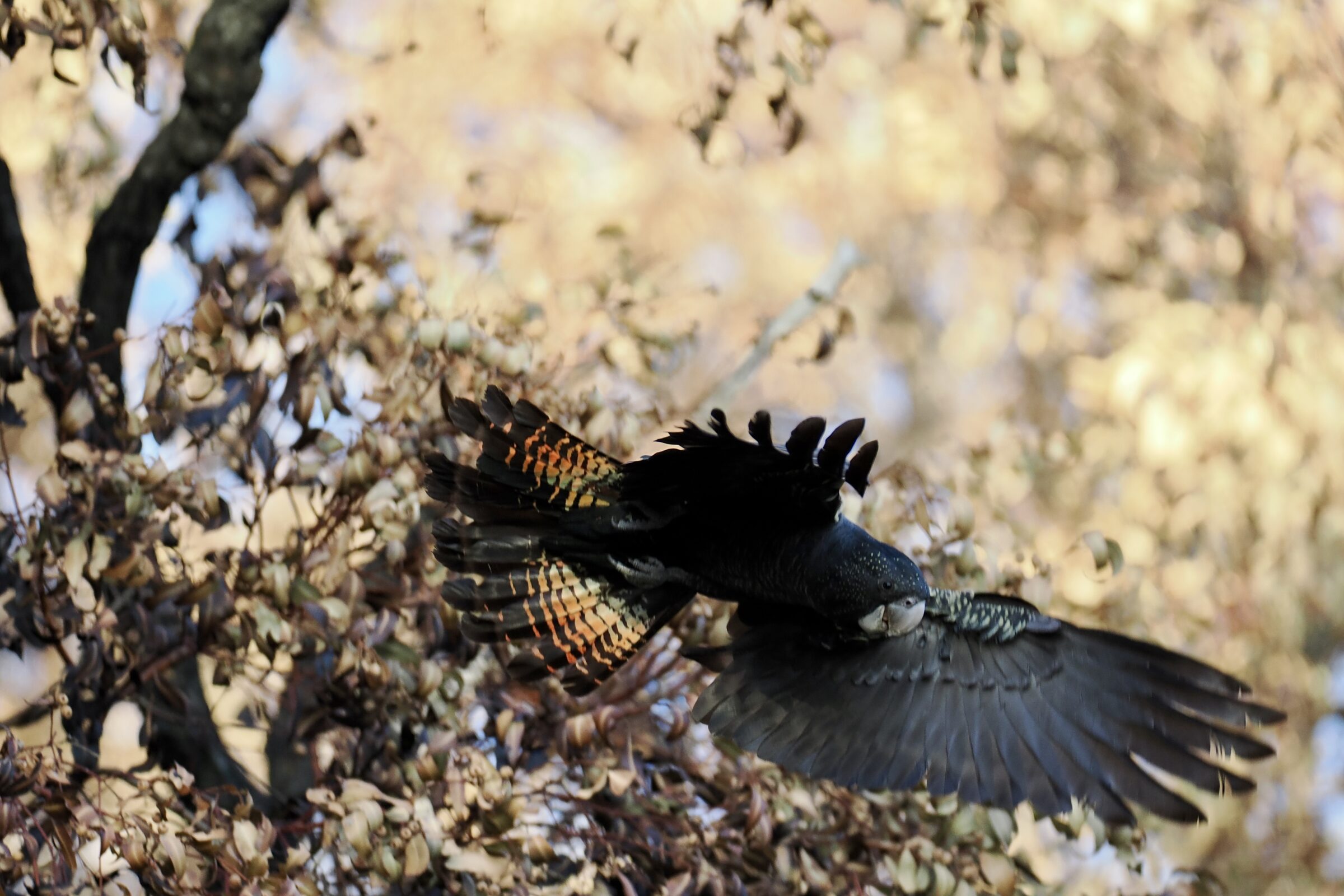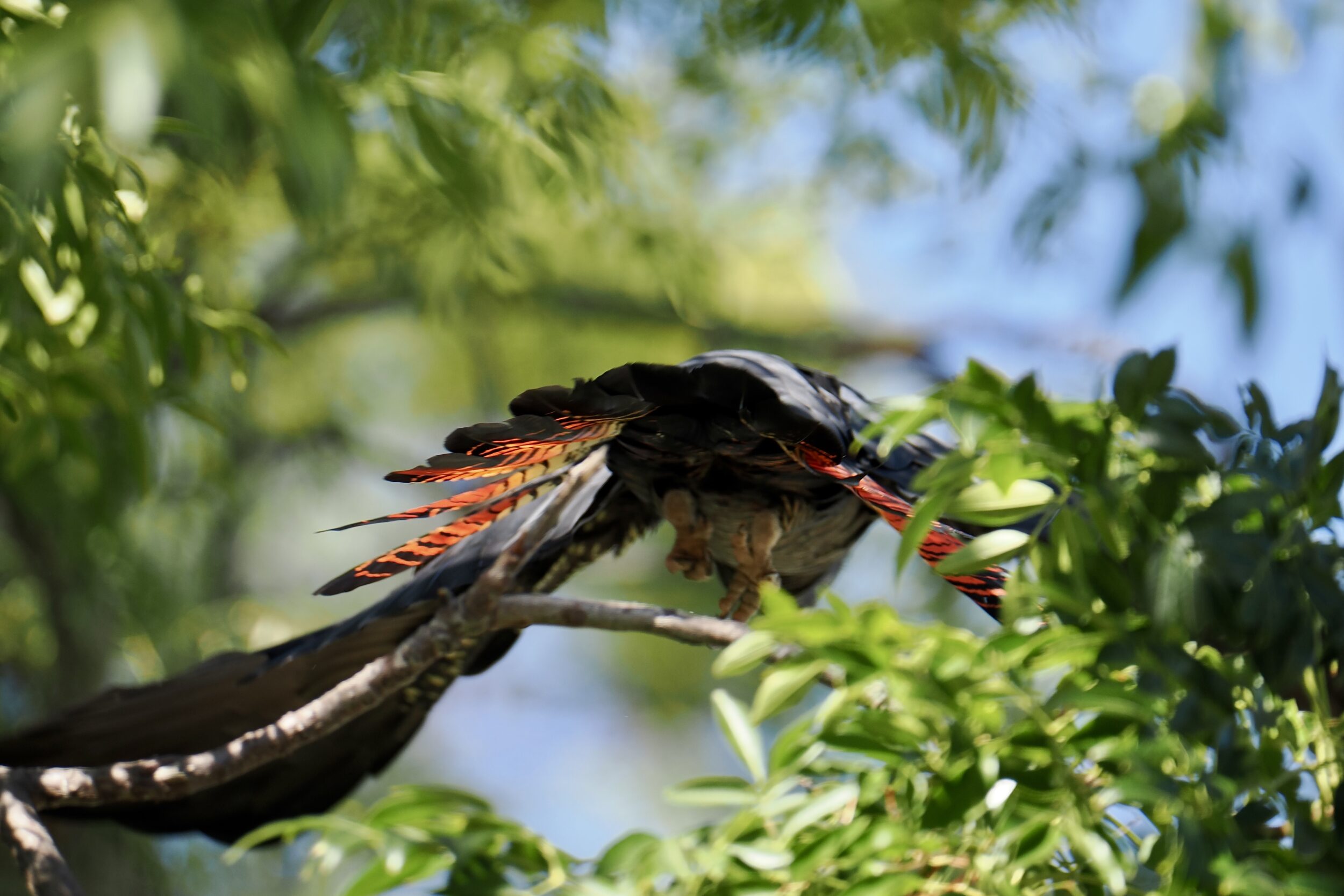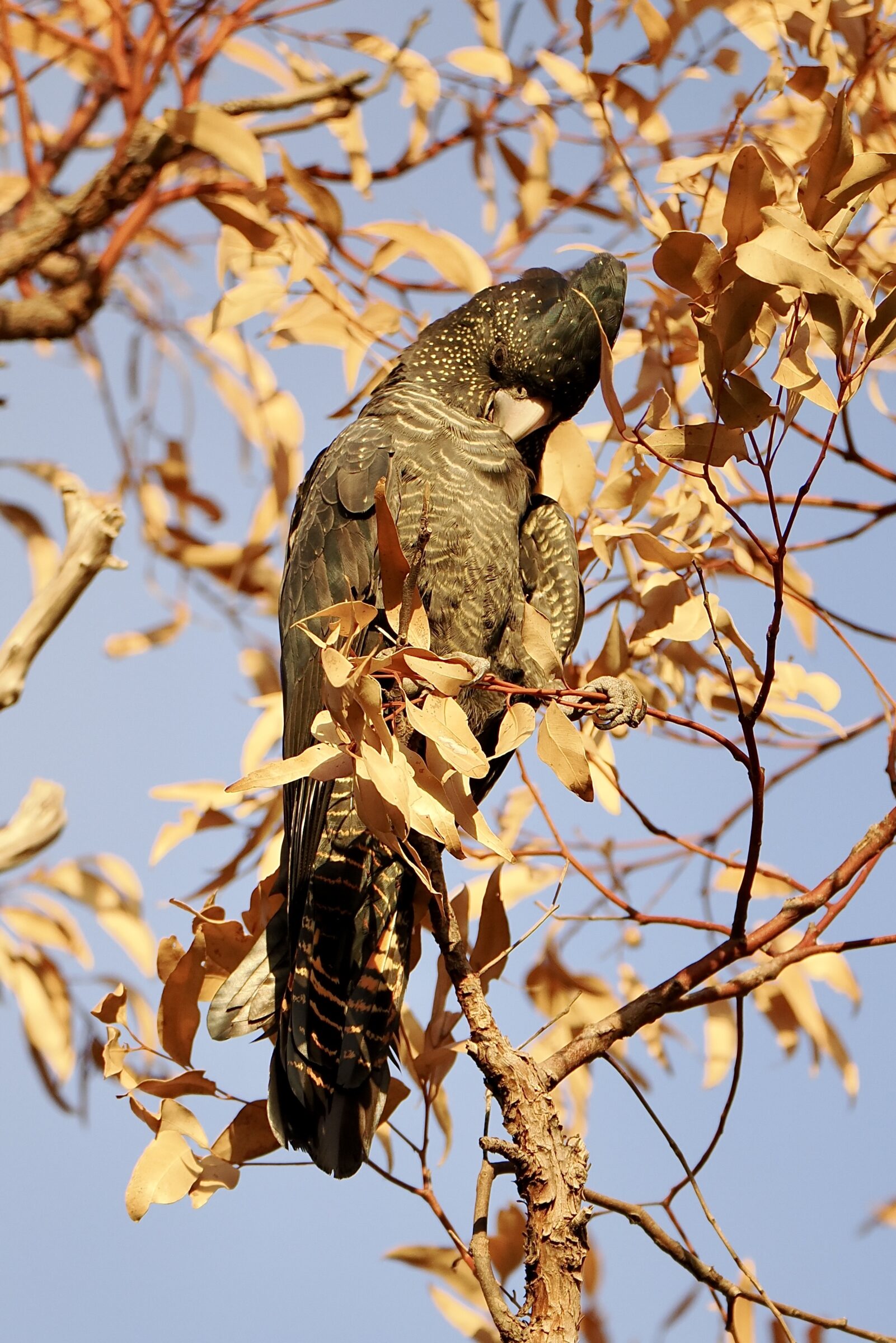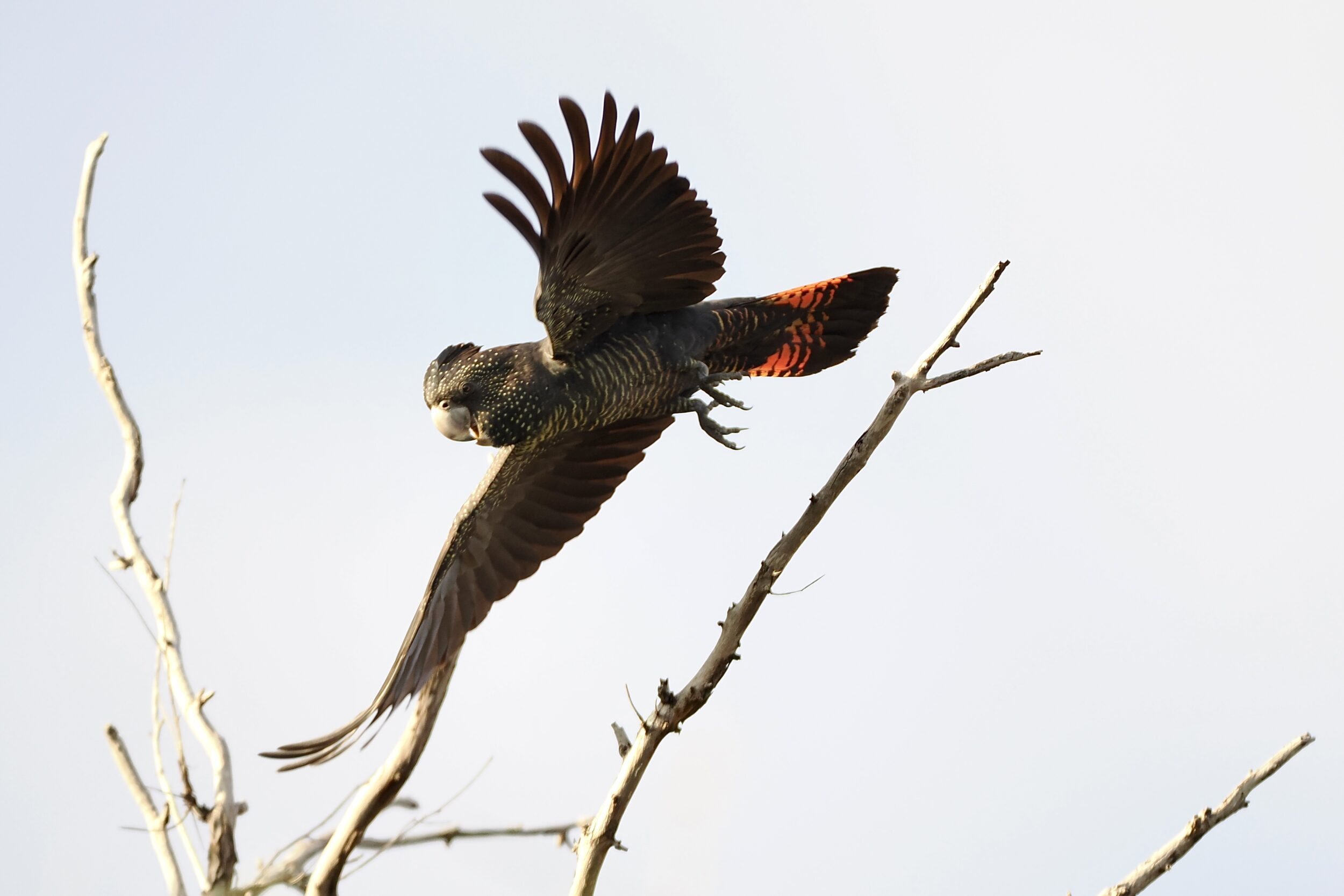I dislike anthropomorphism, especially when it “cutesifies” animals that are not cute.
I wish we humans would learn to appreciate other animals in their own right, as themselves, rather than wilfully misreading their behaviours and facial expressions.
For instance, quokkas’ characteristic facial shapes/expressions do not in fact signify happiness.
That said, I am sometimes hugely amused by a particular animal’s fortuitous resemblance to a particular, famous/infamous human…or human-made humanoid.
One crisp Namibian morning I saw and heard a very loud local bird; its common name refers to its alarm call.
Why would a “Go-away bird” remind me of England’s self styled “Queen of Romance Fiction”?
Comments closed